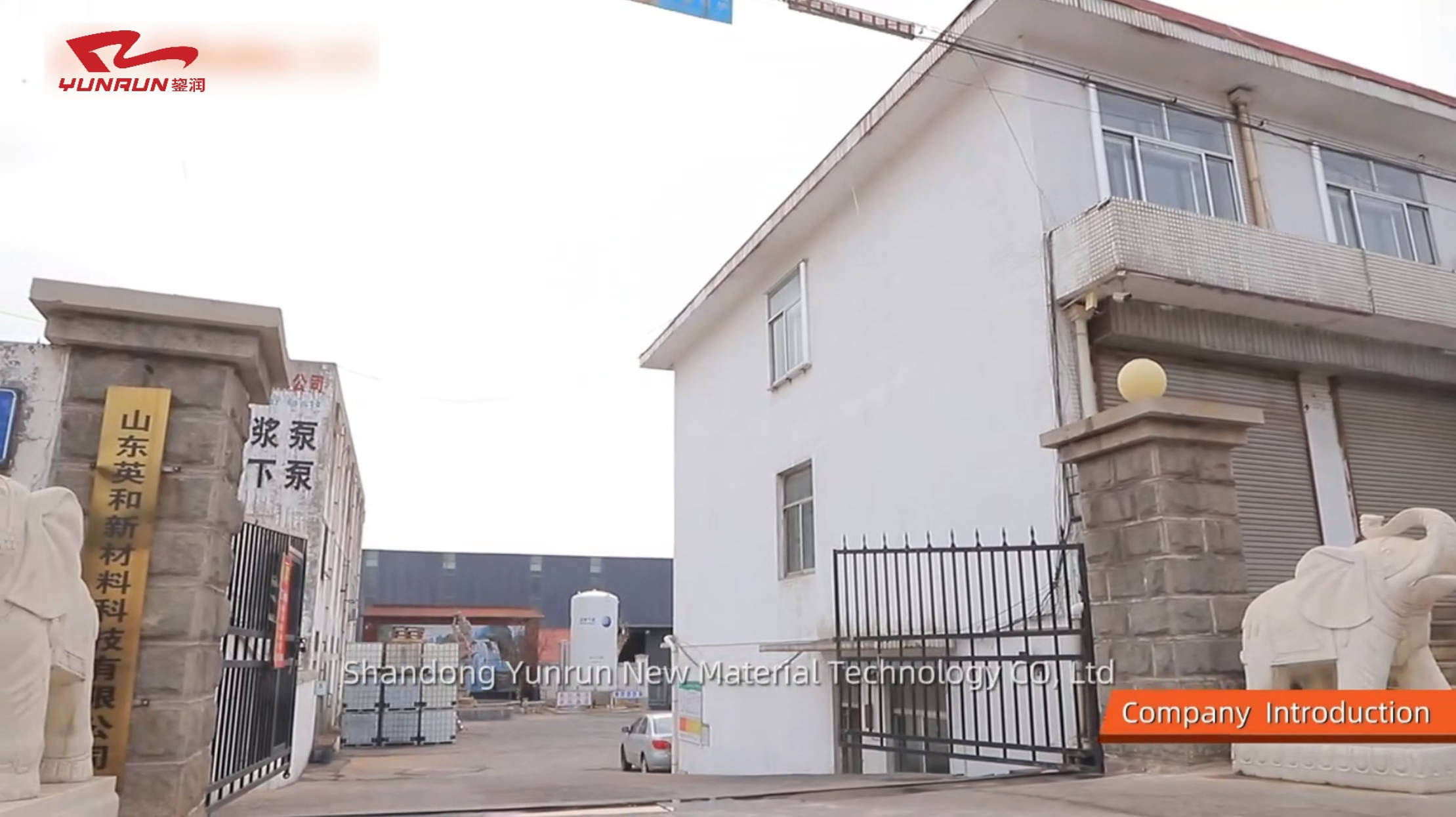Understanding Low Modulus Polyurethane Sealant: Key Features and Benefits
Low modulus polyurethane sealant is an advanced adhesive that offers flexibility and resilience, making it an ideal choice for a variety of construction and manufacturing applications. This type of sealant is characterized by its low tensile modulus, which allows it to adapt to substrate movements without cracking or losing its bond. This property is particularly beneficial in environments where t
Jul 18,2025
Low modulus polyurethane sealant is an advanced adhesive that offers flexibility and resilience, making it an ideal choice for a variety of construction and manufacturing applications. This type of sealant is characterized by its low tensile modulus, which allows it to adapt to substrate movements without cracking or losing its bond. This property is particularly beneficial in environments where thermal expansion and contraction occur, such as in building facades, bridges, and other structures subjected to varying temperatures.
One of the primary advantages of low modulus polyurethane sealant is its excellent adhesion to a wide range of substrates, including concrete, wood, metal, and glass. This versatility enables it to be used in numerous applications, from sealing joints in flooring to weatherproofing windows and doors. Its ability to maintain a strong bond over time, even when exposed to harsh weather conditions, makes it a reliable choice for outdoor applications.
Another significant feature of low modulus polyurethane sealant is its high elasticity. This elasticity allows the sealant to stretch and compress with the movement of the substrates, which is essential for ensuring longevity and durability in joints that are subject to dynamic stresses. The flexibility of this sealant helps prevent failure due to environmental factors, thereby reducing the need for frequent repairs or replacements.
In addition to its physical properties, low modulus polyurethane sealant also boasts impressive chemical resistance. It can withstand exposure to a variety of chemicals, oils, and solvents, making it suitable for industrial applications where such substances may be present. This resilience allows it to be used in demanding environments, ensuring that the integrity of the seals remains intact.
Furthermore, low modulus polyurethane sealants are typically easy to apply, which can significantly streamline the installation process. They often come in convenient cartridges or bulk packaging, and can be applied using standard caulking guns, making them user-friendly for both professionals and DIY enthusiasts. The curing process is usually quick, enabling faster project completion while maintaining a high-performance seal.
Lastly, it's important to note that low modulus polyurethane sealants are often designed to be paintable, allowing for aesthetic versatility in construction projects. This makes it easier to achieve a seamless finish that blends in with surrounding materials, enhancing the overall appearance of the installation.
In conclusion, low modulus polyurethane sealant is a valuable material in the adhesive and sealant industry, offering key benefits such as flexibility, strong adhesion, and chemical resistance. Whether for construction, manufacturing, or repair applications, understanding its properties and advantages can greatly assist in selecting the right sealant for your needs.
One of the primary advantages of low modulus polyurethane sealant is its excellent adhesion to a wide range of substrates, including concrete, wood, metal, and glass. This versatility enables it to be used in numerous applications, from sealing joints in flooring to weatherproofing windows and doors. Its ability to maintain a strong bond over time, even when exposed to harsh weather conditions, makes it a reliable choice for outdoor applications.
Another significant feature of low modulus polyurethane sealant is its high elasticity. This elasticity allows the sealant to stretch and compress with the movement of the substrates, which is essential for ensuring longevity and durability in joints that are subject to dynamic stresses. The flexibility of this sealant helps prevent failure due to environmental factors, thereby reducing the need for frequent repairs or replacements.
In addition to its physical properties, low modulus polyurethane sealant also boasts impressive chemical resistance. It can withstand exposure to a variety of chemicals, oils, and solvents, making it suitable for industrial applications where such substances may be present. This resilience allows it to be used in demanding environments, ensuring that the integrity of the seals remains intact.
Furthermore, low modulus polyurethane sealants are typically easy to apply, which can significantly streamline the installation process. They often come in convenient cartridges or bulk packaging, and can be applied using standard caulking guns, making them user-friendly for both professionals and DIY enthusiasts. The curing process is usually quick, enabling faster project completion while maintaining a high-performance seal.
Lastly, it's important to note that low modulus polyurethane sealants are often designed to be paintable, allowing for aesthetic versatility in construction projects. This makes it easier to achieve a seamless finish that blends in with surrounding materials, enhancing the overall appearance of the installation.
In conclusion, low modulus polyurethane sealant is a valuable material in the adhesive and sealant industry, offering key benefits such as flexibility, strong adhesion, and chemical resistance. Whether for construction, manufacturing, or repair applications, understanding its properties and advantages can greatly assist in selecting the right sealant for your needs.
PREVIOUS:
Others




